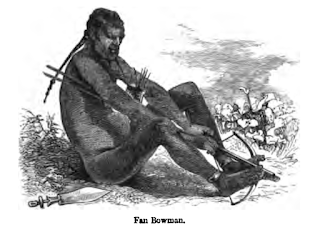1000 years buried: Edward the Elder Silver sent to Rome in the time of Æthelstan and buried in a 928 hoard

Some ancient objects have amazing stories to tell. One such piece is an Anglo-Saxon silver penny which was excavated in Vatican grounds in about 1928. The penny has a fairly schematic portrait of the king, Edward the Elder, who reigned from 899 to 924. He, together with his sister Æthelflæd of Mercia, successfully conquered territory previously held by Danish vikings ( the "Five Boroughs" of the Danelaw and East Anglia) , a process completed in the time of his successor and first son (though his mother was not a queen), Æthelstan. Edward was born about 871, oldest son of Alfred the Great, and died on the 17th July 924 aged around 53, leaving fifteen children by three wives. Four of the sons would become kings and five of the daughters would marry into European noble houses. The obverse of the coin shows +EADWEARD REX around the simple portrait. The reverse shows the inscription BEORN ƿ OLD Mo, in two lines (above and below three cross pattées across the centre) naming the m


